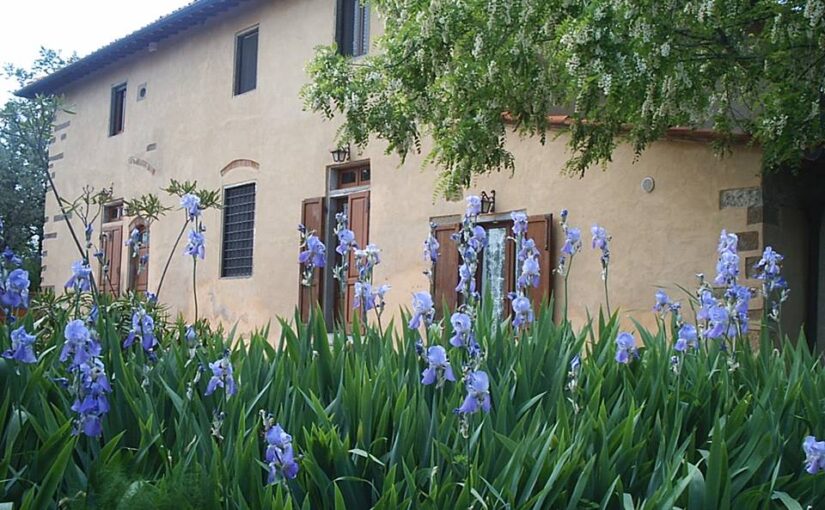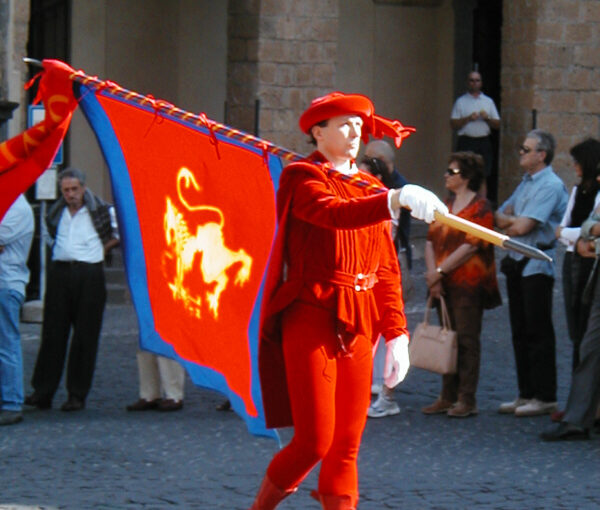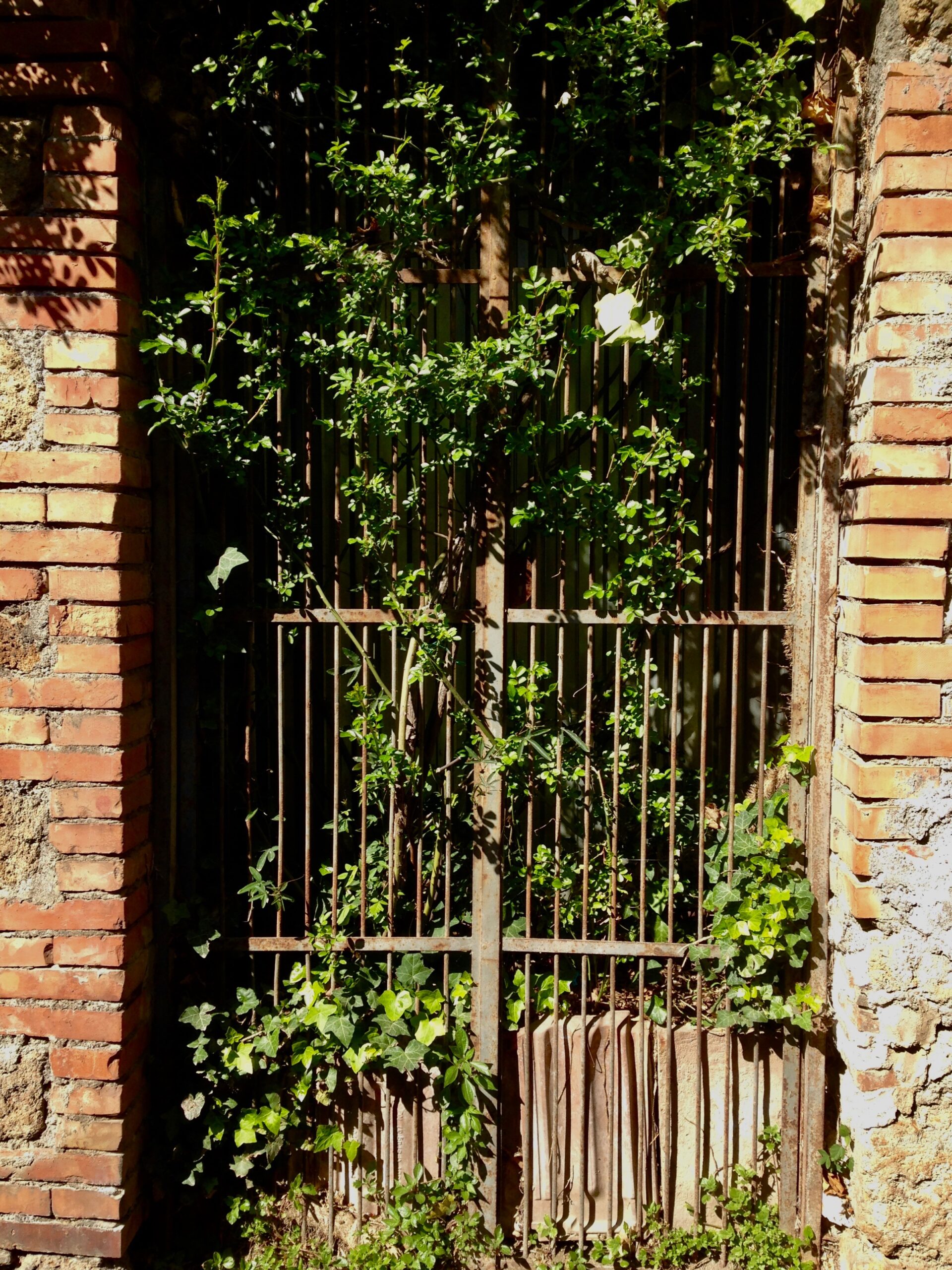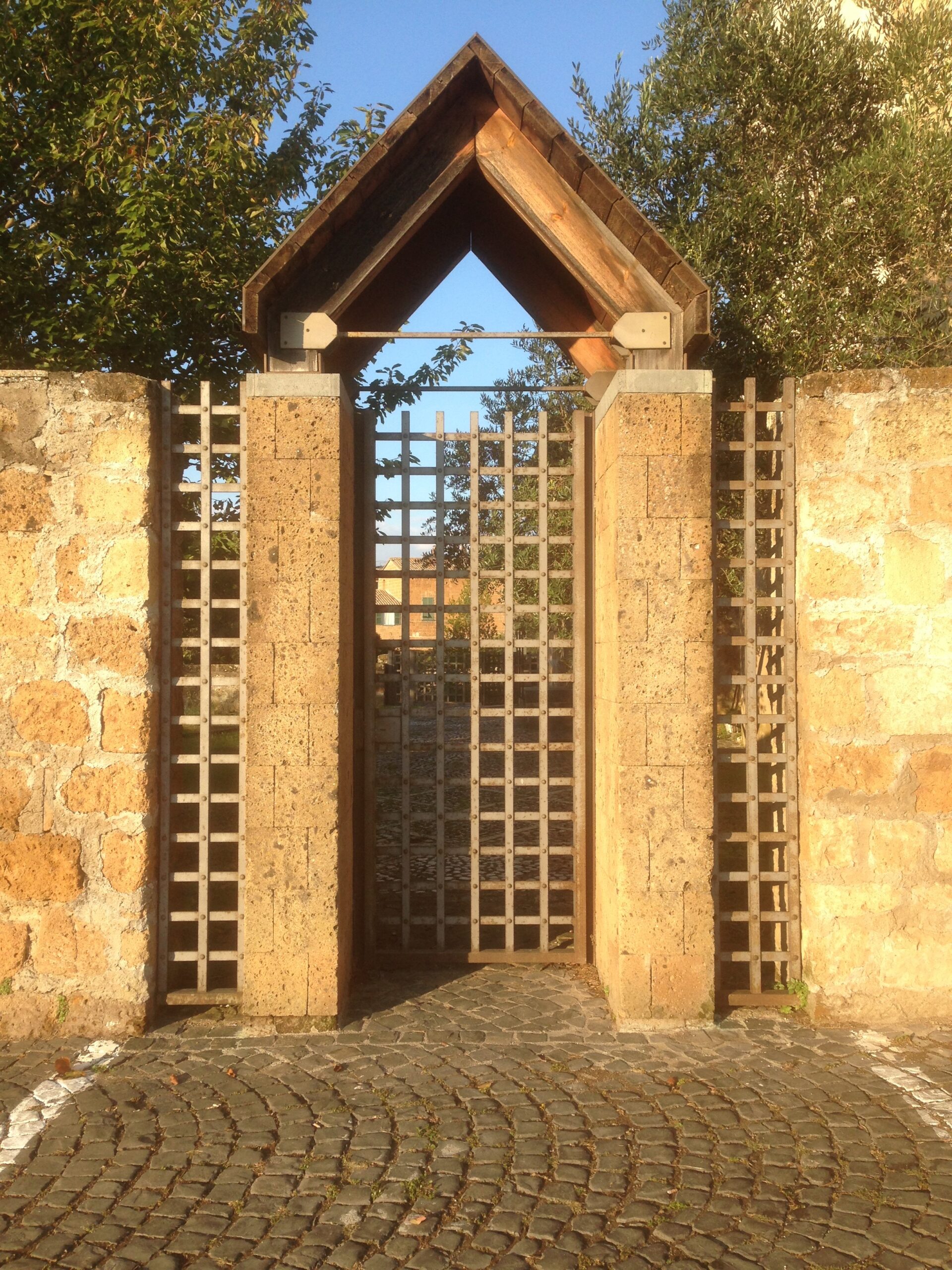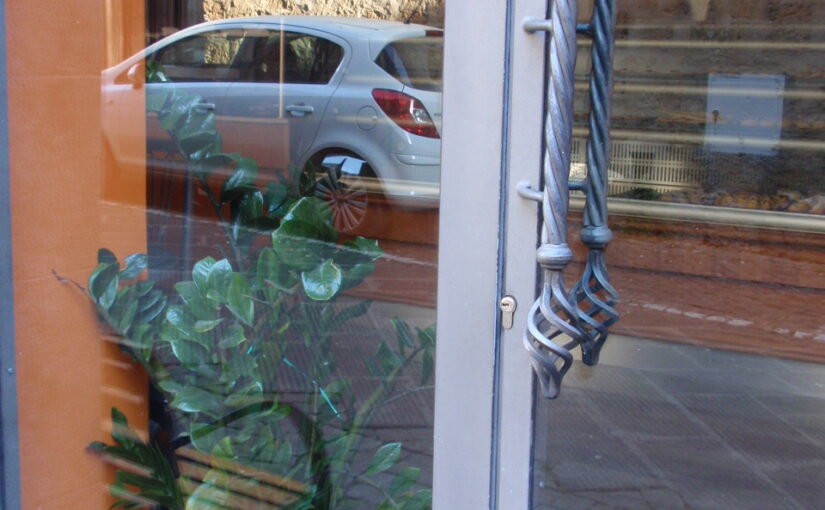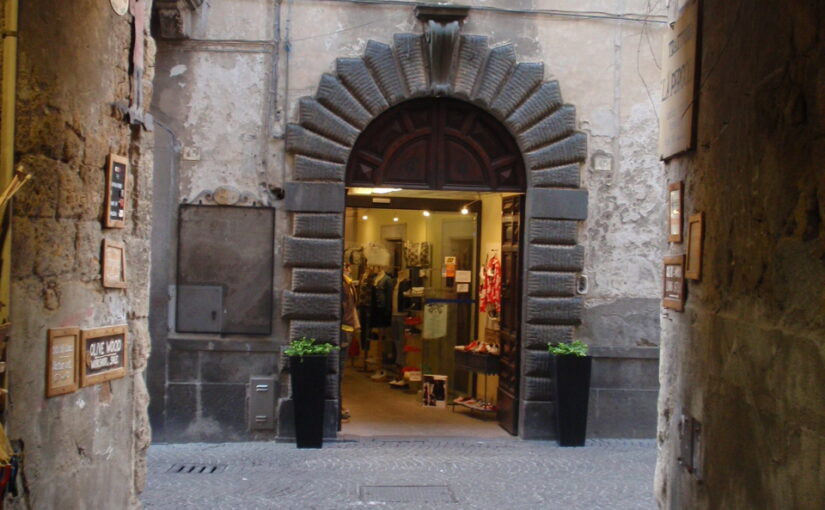Tuesday, July 19
From Stuck on Pause (2022) by Janice Hadlock:
“Being on pause does give a person many benefits: heightened focus, intensity of purpose, and a feeling of being stronger, smarter, and faster than others. Of course, over the years, as the ability to sustain an effective level of mental emergency wanes, these ‘benefits’ diminish. By the time a person is bedeviled by the negative side effects of being on pause, he is not actually stronger, smarter, and faster. But his brain might very likely tell him that staying on pause is nevertheless keeping him ‘better than other people’ or keeping him ‘safe.’ Therefore, another thing a person might do to stop using pause is to stop desiring the ‘benefits’ of using pause: those benefits might have included feeling in charge; feeling compelled to be right in matters of judgment or morality; feeling powerful; feeling untouched by physical and emotional pain. So long as a person wants to have the benefits of being on pause, his brain will continue to opt for and further fortify the electrical brain circuits that support the habit of using pause.”
I wish typing were better today, I have a lot to sort out. The body is back to feeling like a sack of pea gravel, something I’ve not experienced for two months or more. But I’m understanding the process more, and my gems of thought will have to wait for a more agile day – or week.
Wednesday, July 20
If there is a cycle in how my body recovers, this week would vote in favor of a seven day turnaround. Finding comfortable positions that would last the night was nearly impossible. I slept the last three hours on my side (to discourage RLS) in the recliner; not an easy trick. The morning walk was better than anything I did yesterday, but it was still a sack of gravel being pushed along, not proper ambulation. Today, all is a bit better. We shall see what the weekend holds.
Thursday, July 21
Same sleep pattern as Wednesday. Walking also the same.
From Stuck on Pause (2022) by Janice Hadlock
“Many people who are making a mild effort to recover from being stuck on self-induced pause don’t believe or don’t want to fully accept that their own minds actually have been creating their problems. This disturbing concept can be in direct conflict with the person’s idea that his mind is extremely smart and clever and his powerful will has been the only thing making him successful in life or even keeping him alive. But when his brain has been modified enough that he has two viable thought tracks in his brain – the pause track and the ‘safe’ track – and he vacillates between them, he can start to see the relationship between his thoughts and his symptoms or lack of symptoms.
“This proof that his own mind was creating his horrible symptoms of immobility, rigidity, and tremor is often a moment of great dismay. This let down is sometimes followed by the gleeful realization that, if his health problems are only coming from his thoughts, he will be able to heal himself. This person continues, or even increases the intensity, of his steadily deepening relationship with his Friend.
“I refer to people taking this path as ‘recovering.’”
Bingo!
Friday, July 22
Sleep pattern normal and enjoyable. Lots of internal clarity. Fairly symptomatic – walking grew better through the day, typing worse. Very little general discomfort.
From Stuck on Pause (2022) by Janice Hadlock:
“Two steps forward refers to getting stronger at using a brain habit of ‘safe’ thoughts, which in turn activates a healthier motor system. A ‘step backwards’ refers not to symptoms, but to using, yet again, from sheer habit, the thoughts that activate pause mode. And those thoughts might activate all the symptoms of pause mode that you’ve ever had.”
Saturday, July 23
Slept until nine regardless of Roman’s efforts at waking me. Morning walk, very difficult, evening less so. Slept the afternoon listening to music.
Struggling with internal work. Typing very awkward, so must keep this short.
Quote of the day from Stuck on Pause (2022) by Janice Hadlock:
“When a person is slowly recovering from Parkinson’s or the habit of using self-induced pause, he might be feeling much lighter and relaxed for longer and longer periods of time when he is talking with his Friend and feeling safe…and then he might experience one hundred percent of his old symptoms when pause mode kicks back in. A person who is starting to recover might go through swings: going from safe and moving easily, to being on pause and being tight, tremoring, and with inhibited movement. A person might have these swings several times per day, or even per hour. Whether or not one is recovering is not a question of the Parkinson’s symptoms getting weaker – it’s a question of whether or not a person is increasing his use of a new, healthy, mental posture of being safe or oppositely, is continuing and/or even increasing the use of his pause habit. When he uses the fear-based mindset, all the linked symptoms of pause might re-appear, as strong as they ever were, even if he’s using them less often. The actual strength of the symptoms, at any given time, will vary in intensity, just like they did before the person started working on recovering. If the person on pause is somewhat relaxed, the symptoms might be minimal, if present at all. As tension or stress mounts, the intensity of the symptoms will increase. After all, this was the case prior to starting recovery, and it will be the case during recovery, whenever a person uses pause mode.”
To be read repeatedly.
Sunday, July 24
From Stuck on Pause (2022) by Janice Hadlock:
“…in spite of the apparent lack of change, the new thoughts were laying down tracks of new brain pathways that can eventually support new, improved mental, emotional, and physical behaviors. Eventually, when those new routes become wider and deeper, they will become the paths of least resistance. The brain will start using the new pathways in preference to the old ones.”
Slept really well. Morning walk, mildly successful, likewise midday pacing. Typing has been worse, but fine movement (like inserting hearing aids and moving a cursor with a mouse) are sheer agony.
An aspect of my PD personality is wanting to be in charge, hence I was more a director than actor, more often a boss than an employee, more easily a teacher than a student. For this evening’s walk Natalia taught me some simple exercises, the sort of thing I was teaching my students seven or eight years ago. Whether it was the exercises that helped me walk more freely than I have in awhile, or that I gave in to being a student, I do not know. Probably both.
The adventure continues.
Monday, July 25
From Stuck on Pause (2022) by Janice Hadlock:
“After having a few moments, or an hour or two, or a few days, of physical lightness, relative ease of movement, and softening of rigid muscles, but then reverting back to the previous status quo of rigidity and/or tremor, a person might continue working on cultivating a constant relationship with his Friend. Eventually, in a subsequent moment of once again feeling safer than usual, he will have another episode of relatively healthy mental thinking. He will again immediately experience the physical lightness and relaxation that comes with using a healthy blend of parasympathetic and sympathetic mode.
“As the person continues to work with his Friend, eventually learning to trust the Friend more than he trusts his own mind, he might find himself having predictable periods of good movement. He will notice that these good periods correspond to positive thoughts. He will also notice that his periods of ‘bad movement’ or ‘symptoms are worse’ are always immediately preceded by some sort of negative or isolationist thinking. He might be shocked by this realization.”
So, this morning about 02:30 I woke up feeling stiff which always recommends pacing the hall for fifteen or twenty minutes. Halfway through the first, shuffling lap, I watched a thought form; how courageous is self-loathing, how heroic to be able to face the abyss of my own unworthiness. It startled me, and I immediately chose not to tread that path of old, old habits. In real time my walking instantly improved, my whole body felt lighter, and it stayed that way for about forty minutes when I became physically tired and went back to sleep. Today, I’ve been wasted and weird. But I’m so encouraged by the living example of how this pause/PD thing works.



